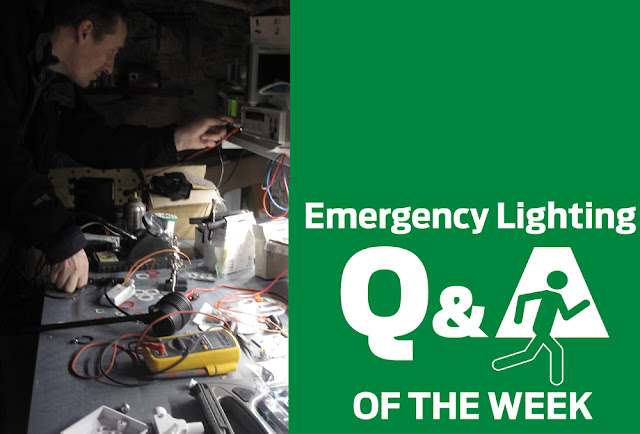 |
| This question was answered by Jonathan Bell, commercial director of Liteplan Limited. |
Finding energy savings on a scheme that utilises GU10 or T8 fluorescent fixtures tends to be considered as the low hanging fruit of lighting upgrades. Emergency lighting requirements however, are often left to the last minute leading to a panic purchase whilst installation takes place. Occasionally there are compatibility issues too.
A conventional emergency conversion relies on a connection to the low voltage cables found between the driver and the LED load. In the case of GU10 and T8 LED tubes access to these cables is not possible. To solve this problem an emergency pack is needed to power the primary side of the driver.
In some cases a cost effective emergency control gear will be capable of carrying out the task, however at the other end of the spectrum, the driver can only be powered by pure sine wave AC. Not only is this option incredibly expensive, but the pack can be extremely bulky.

There are a vast choice of GU10 and T8 LED lamps available, a majority of which are compatible for use with smaller emergency packs. It is important though to check compatibility with your emergency lighting control gear before making a purchase.
 Tube manufacturers are well known for the constant evolution of their designs, however, when carrying out upgrades, small components within the driver are often changed, leading to a knock-on effect on compatibility with emergency control gear.
Tube manufacturers are well known for the constant evolution of their designs, however, when carrying out upgrades, small components within the driver are often changed, leading to a knock-on effect on compatibility with emergency control gear.
It is therefore crucial that a record is kept of part numbers and batch codes. Emergency lighting control gear manufacturers should have an extensive database of test results available to help you further with this issue.
Visit www.novelenergylighting.com today to explore LED emergency fittings and packs
emergency exit sign · emergency lighting · led emergency · led lighting · liteplan · Novel Energy Lighting

